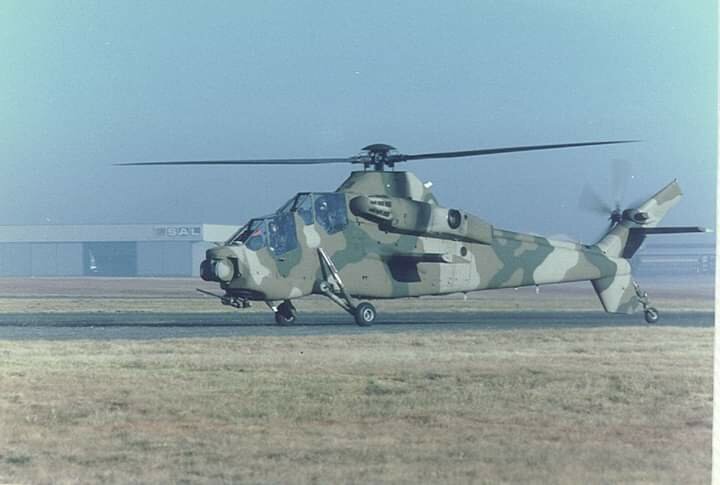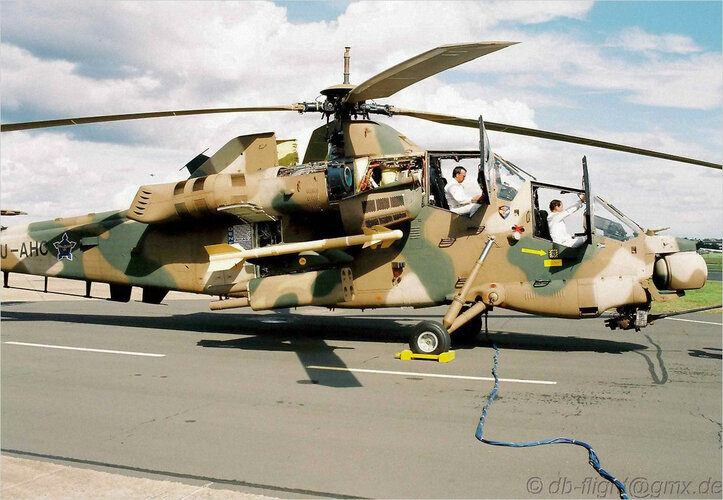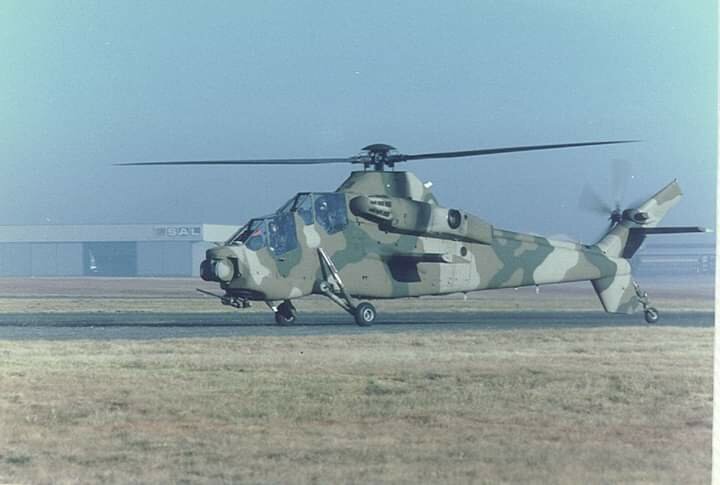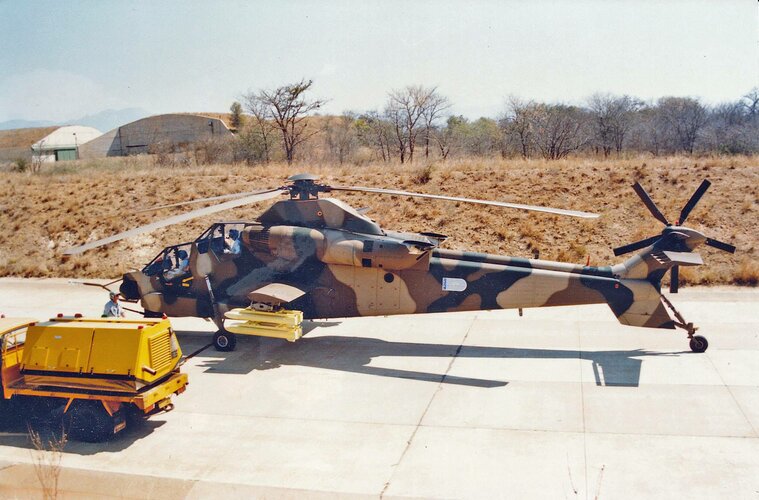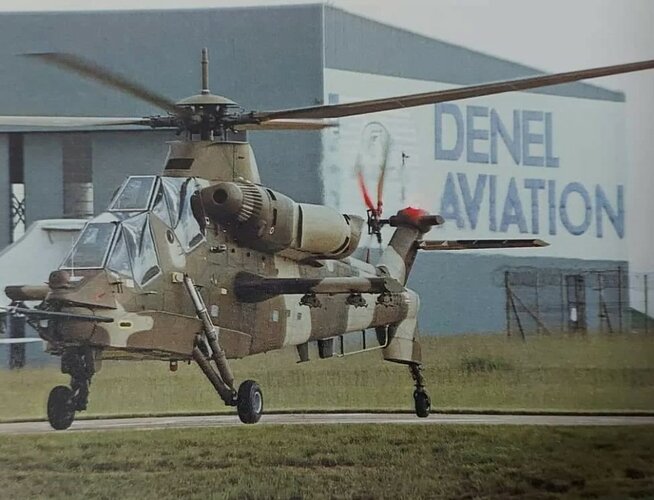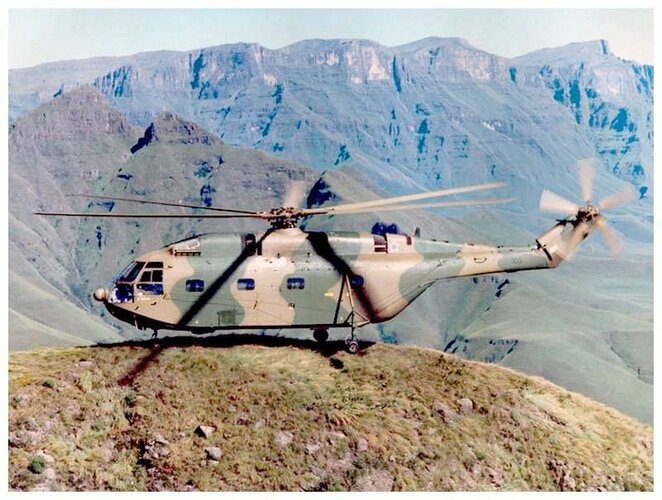Graugrun
ACCESS: Top Secret
- Joined
- 17 May 2011
- Messages
- 853
- Reaction score
- 1,192
Denel and Aselsan further collaborate on Rooivalk modernisation
(note that the Aselsan MEROPS Gimbal was pretty much designed and developed in South Africa)https://www.defenceweb.co.za/aerosp...urther-collaborate-on-rooivalk-modernisation/


